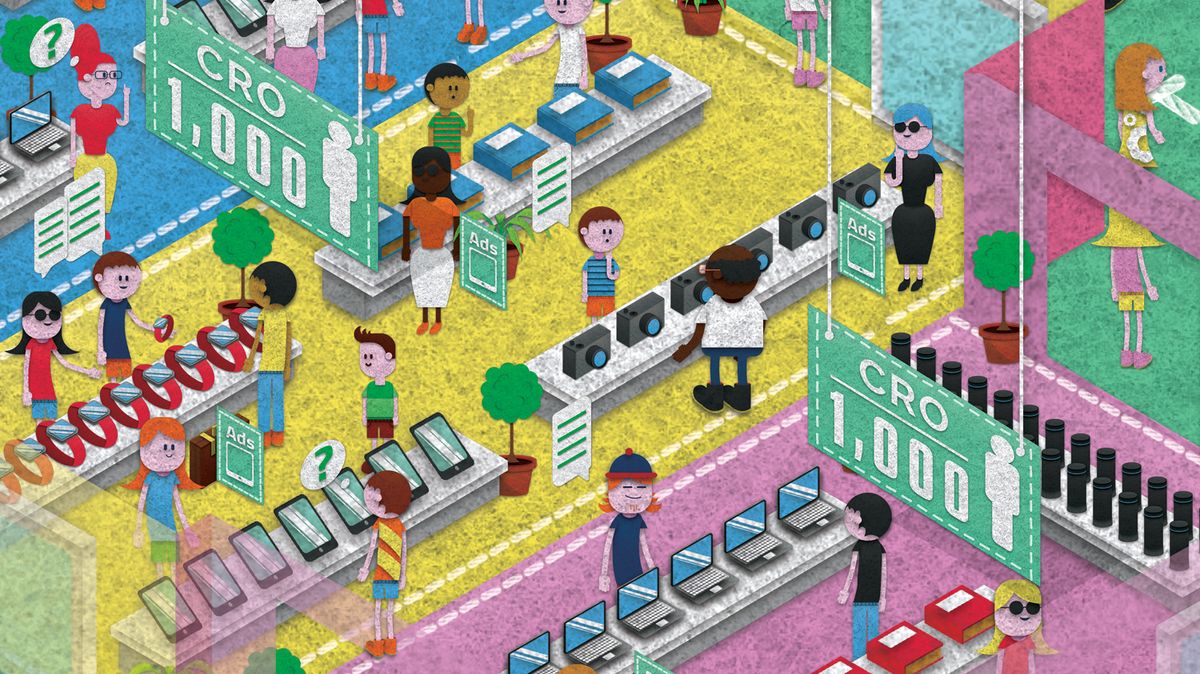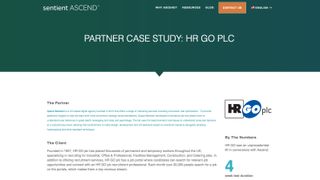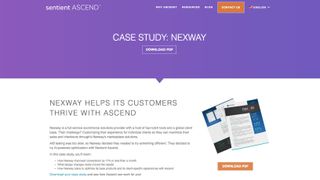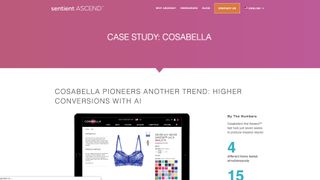5 counterintuitive conversion tricks
This artificial intelligence wisdom will help convert customers.

Conversions are often a clear driver of profit. It’s no surprise then that keen developers religiously test their websites and put together data visualisation reports to find the design that drives the most conversions (a good website builder can help with this). While the process may seem simple enough, the key to higher conversions is not always intuitive.
Enter AI. Using the enormous power of artificial intelligence, it’s possible to test every idea a marketer could imagine, shedding light on the mysterious world of what makes people convert. Here are five counterintuitive findings uncovered by AI-powered conversion testing.
01. Be indirect

Conversion experts always stress that specific, direct CTAs are paramount to driving conversions. However, using biometric tests, HR GO plc, a job placement firm, found that visitors felt stressed on its website and that urgent messages discouraged them. AI revealed that directional text like ‘Read more’ increased conversions far more than previous variations. These changes resulted in a 153 per cent conversion rate increase.
02. Expand your palette
ABUV Media creates content-rich websites that help people make informed decisions about their future. It wanted to test hypotheses about its form that connects users to universities. Using AI, it found the best-performing form variant was a designer’s worst nightmare: a hot pink form widget whose fields contained green text. Nevertheless, this design increased conversion rates by 45 per cent.
If you're running a complex website, ensure your web hosting service is providing the support you need. And back up your content with secure cloud storage.
03. Reorder your funnel

We’re all used to a shopping funnel: add item to cart, input your address, then your payment option and finally hit the order button. But Nexway, which provides full-service ecommerce and marketplace solutions, found that this formula was dated. It saw a 17 per cent conversion rate increase by simply reversing the payment and address fields in the checkout process, among a few other small changes.
04. Focus on the search bar
Sometimes highlighting a feature like the search bar is just the extra push the customer needs in order to engage with it. One online tobacco company, for instance, outlined its search bar with a thick, dark border so it would be easier to find.
Get the Creative Bloq Newsletter
Daily design news, reviews, how-tos and more, as picked by the editors.
This visual highlight increased the customer’s interaction with the search bar, so that they found exactly what they were looking for faster than when browsing generic categories. As a result, this company saw a 4.4 per cent conversion lift towards its goal of increasing online sales.
05. Defy colour convention

We were surprised to find that when we tested pink buttons against the original black buttons on online lingerie retailer Cosabella’s website, the pink outperformed the black, betraying our intuition about Cosabella’s shoppers. Lingerie is usually thought of as sexy, sleek and sophisticated so black seemed like the perfect colour – except it wasn’t.
With traditional A/B tests, these companies might have tested more conservative hypotheses because their testing volume is limited. With AI, however, they were able to test all of their ideas at once, leveraging the power of evolutionary algorithms to reveal the best performing variants quickly. This all goes to show that testing more and not being afraid to try new ideas can lead to massive improvements.
This article was originally published in issue 309 of net, the world's best-selling magazine for web designers and developers. Buy issue 309 here or subscribe here.
Related articles:

Thank you for reading 5 articles this month* Join now for unlimited access
Enjoy your first month for just £1 / $1 / €1
*Read 5 free articles per month without a subscription

Join now for unlimited access
Try first month for just £1 / $1 / €1
